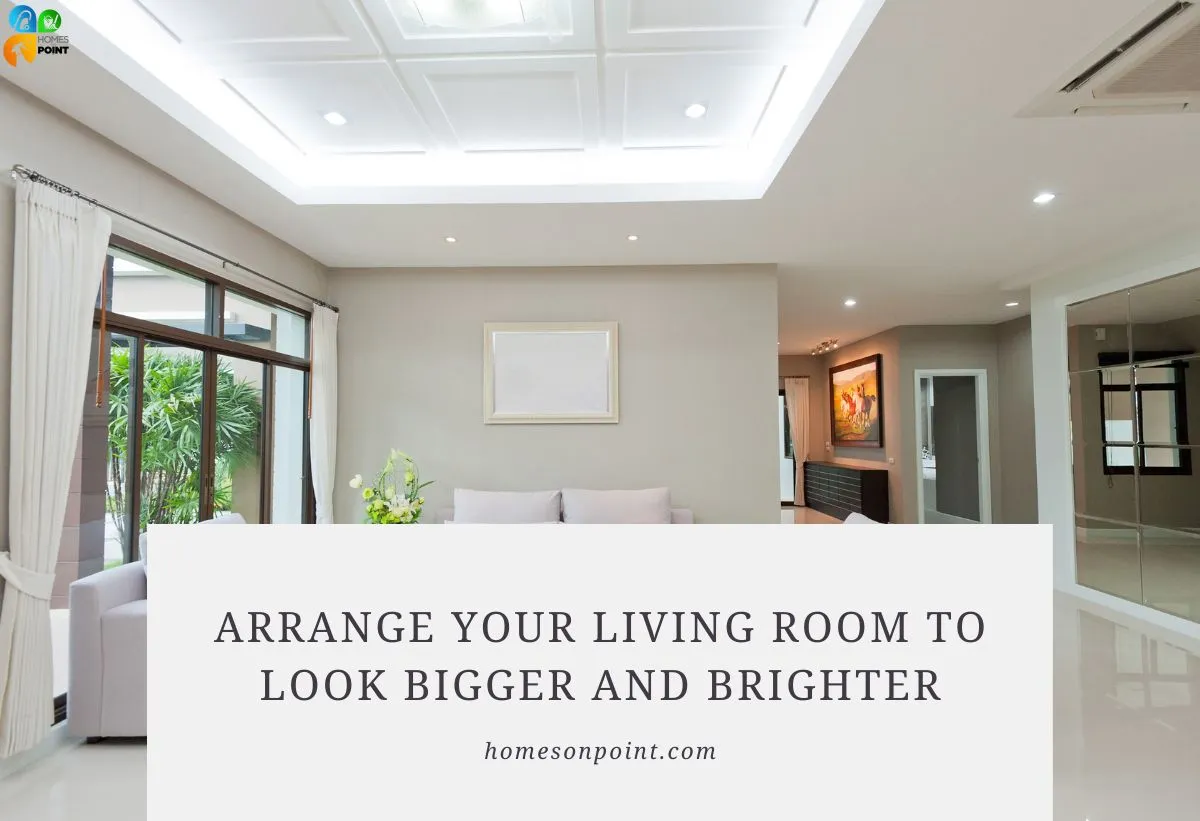A stale and gloomy room can negatively affect your mood and make you uneasy. There are many reasons why it is important that your living room feels spacious and well-lit, regardless of what theme and mood you are looking to achieve. This article provides practical tips on arranging your living room for a larger and brighter appearance.
Here is a summary of the tips for arranging your room to look bigger and brighter;
- Decluttering and Organizing
- Furniture Placement and Layout
- Color Palette and Lighting
- Maximizing Vertical Space
- Strategic Use of Accessories and Decor
In the remaining part of this article, I will discuss the abovementioned tips with practical examples in detail.
Practical Ways To Arrange Your Living Room To Look Bigger and Brighter
1. Decluttering And Organizing
Working on a clean canvas is the first step to creating a spacious living room. If you have nothing in the living room to begin with, then that’s great. However, if you want to make more room when you already use the living room, you must declutter and organize or reorganize everything in the space.
Decluttering helps you identify what should and should not be kept in the living room. It also helps to create more space for any other essential elements that need to be added to the living room. Decluttering your living room will allow you to deep clean and rearrange the items.
Here are some tips on how to declutter effectively:
· Sorting And Categorizing Belongings

Firstly, you need to sort out the items in your living room. It will help to demarcate boxes or sections of the living room for the different groups of items. For instance, throw pillows and blankets can go into one package, while flower pots are grouped in another section. Grouping the items makes it easier to rearrange the items once you are done cleaning.
· Identifying Items For Donation Or Disposal
Sorting and categorizing your belongings helps you identify the items you need to donate or dispose of. Many of us are guilty of hoarding things we love even after damage.
Decluttering is the time to let go of such broken items, especially if they cannot be fixed. Even if they can be fixed and you know you won’t get them fixed in the shortest possible time, it is time to donate or dispose of those items.
· Maximizing Storage Solutions
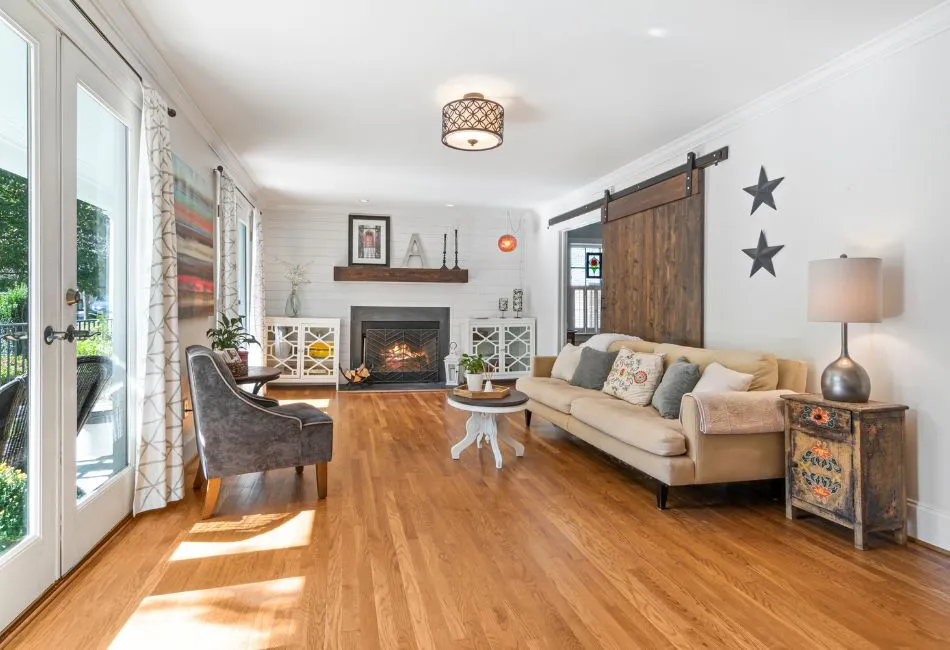
Now, decide where to place all the items you have selected to keep. In arranging these items, consider ease of accessibility and frequency of use. Furniture with storage spaces can help keep things like magazines and remotes out of sight.
You can also install wall hooks and racks to keep books and keys. Storage baskets can also help pack up the kids’ toys after they are done playing with them.
2. Furniture Placement and Layout
Proper furniture placement is the next important tip to achieving a more spacious and brighter living room. Your inability to properly arrange your living room furniture can make your space appear even smaller than it already is, making it appear cluttered again, a problem you just solved.
Here are a few tips on arranging furniture to optimize the living room’s openness:
· Choosing Appropriately Scaled Furniture

Consider the shape of your living room and its size when choosing furniture for your space. If you have a comparatively small living room, it will not be prudent to have bulky long couches that leave little room for maneuvering. So, take measurements of the living room to know if the furniture will fit the space appropriately.
· Creating Functional Zones
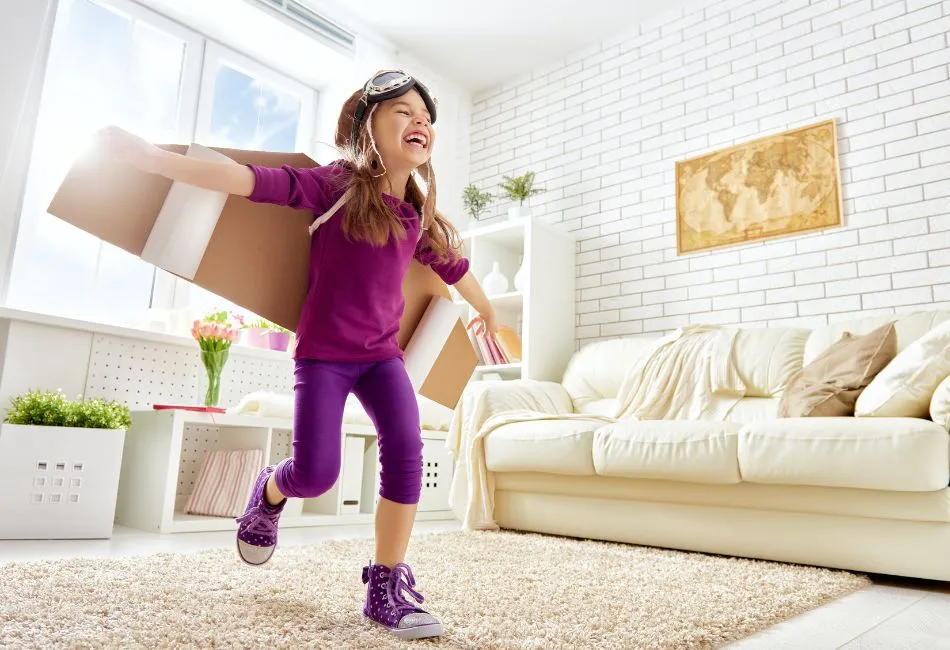
Consider areas of regular foot activity when deciding where to place your living room furniture. If, for example, you need space behind a particular chair to open a specific window, you cannot push that chair to the wall. If you do, you will have to push the chair away from the wall whenever you have to open that window.
Therefore, if you, your pets, or your kids frequently walk in certain living room areas, it is advisable not to place any furniture there.
· Utilizing Space-saving Furniture Options
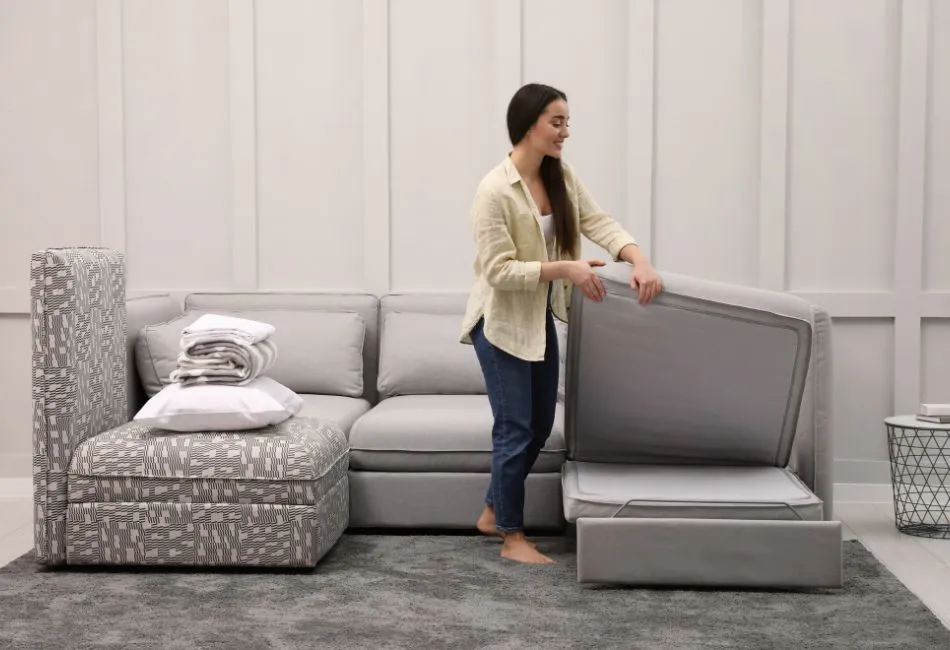
There are a lot of furniture options on the market that allow you to fold them up when they are not in use. Some include convertible furniture like foldable tables and couches, room dividers, floating shelves, etc.
This helps to put away certain items when not in use and creates more space for other activities in the living room.
3. Color Palette And Lighting
Choosing the right colors and ensuring the living room receives adequate natural lighting can impact the room’s perceived size and brightness. The right color palette and lighting also affect the mood of the living room.
Regarding lighting in your living room, both natural and artificial are equally important. In the evening and on days when it is cloudy outside, you can rely on your artificial lighting to keep your living room well-lit
This is why it is essential to invest in appropriate drapery which allows you to regulate natural light in your living room. You must also spend on adequate lights to keep your space well-lit. A combination of both will ensure that the atmosphere in the living room is always inviting.
Here are some color scheme suggestions and lighting techniques to keep your living room spacious and bright.
· Using Light, Neutral Colors For Walls And Furniture
Light and neutral colors have a way of opening up a space. If you want your living room to appear larger and brighter, consider using white, off-white, light brown, beige, and nude colors.
So, in choosing paints for your walls and selecting what colors your furniture should be, these subtle colors can be what you need to make your living room appear more spacious and brighter.
In addition to the wall colors, curtains that are lighter than the wall color may also give an illusion of a bigger space.
· Incorporating Mirrors And Reflective Surfaces
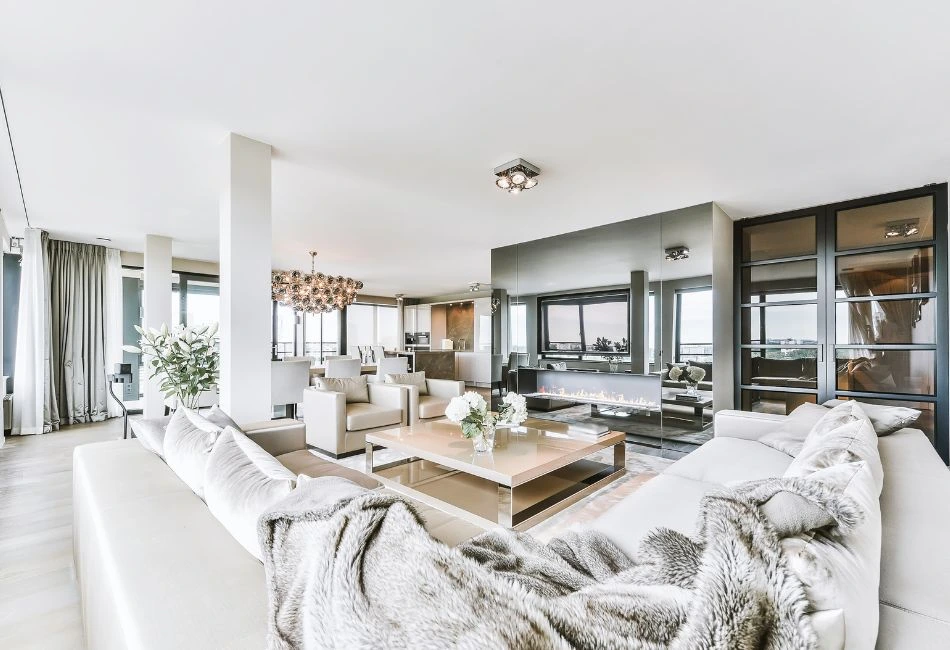
You can install mirrors and reflective surfaces in some parts of the room to create an illusion of a bigger, brighter living room. Ensure to keep those mirrors and reflective surfaces away from areas where light is likely to cause glare.
· Optimizing Natural Light Sources And Adding Supplemental Lighting
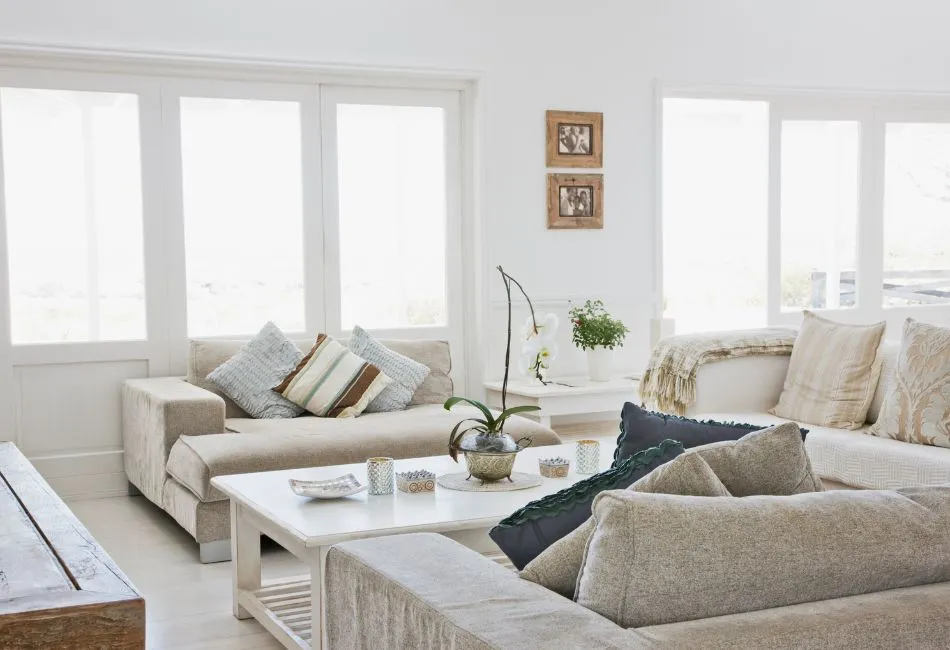
With the help of the appropriate curtains or blinds, you can effectively regulate the amount of natural lighting entering your living room. When the natural light becomes inadequate, having artificial lights can give you your desired amount of lighting.
Get living room lights; lamps, spotlights, target lights) that can also be regulated (white, warm) to ensure you get the best out of them.
4. Maximizing Vertical Space
Most often than not, we are more fixated on the floor area of the living room, losing sight of the vertical space. However, maximizing the vertical space of your living room can contribute to making your room appear bigger and brighter. That vertical space can help reduce clutter in the floor area of the living room.
Some strategies for maximizing vertical space include:
· Utilizing Tall Bookshelves Or Wall-mounted Storage Units
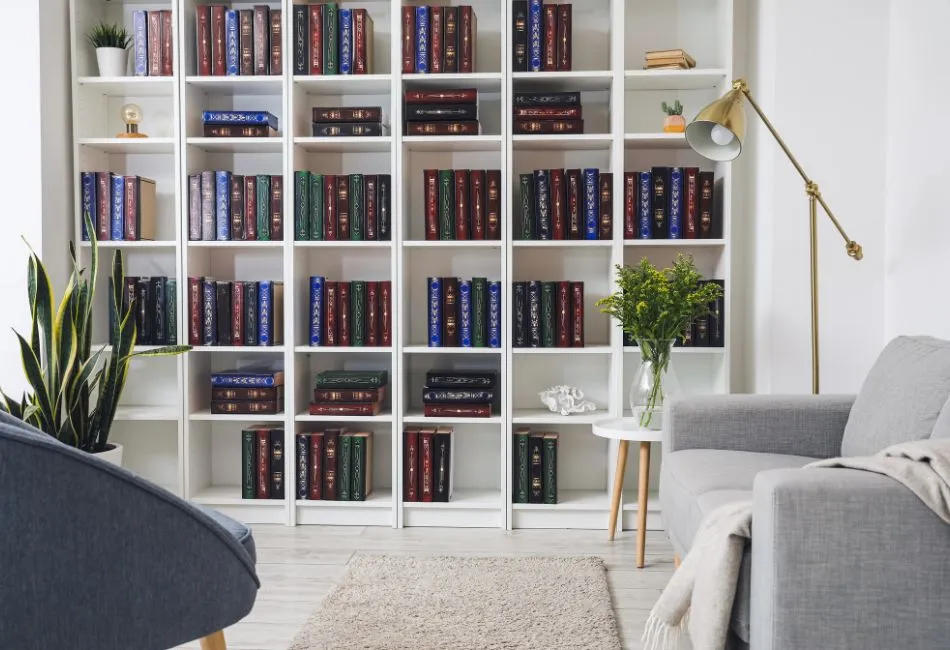
Wall-mounted storage units drastically reduce the floor area needed to store and display items in the living room. Instead of having a wider bookshelf, install one taller to avoid eating up horizontal living room space.
Also, instead of having your television on a stand, you can mount it on the wall. A TV unit can be a great way to store some items and display other décor items.
· Hanging Curtains Higher To Create The Illusion Of Height
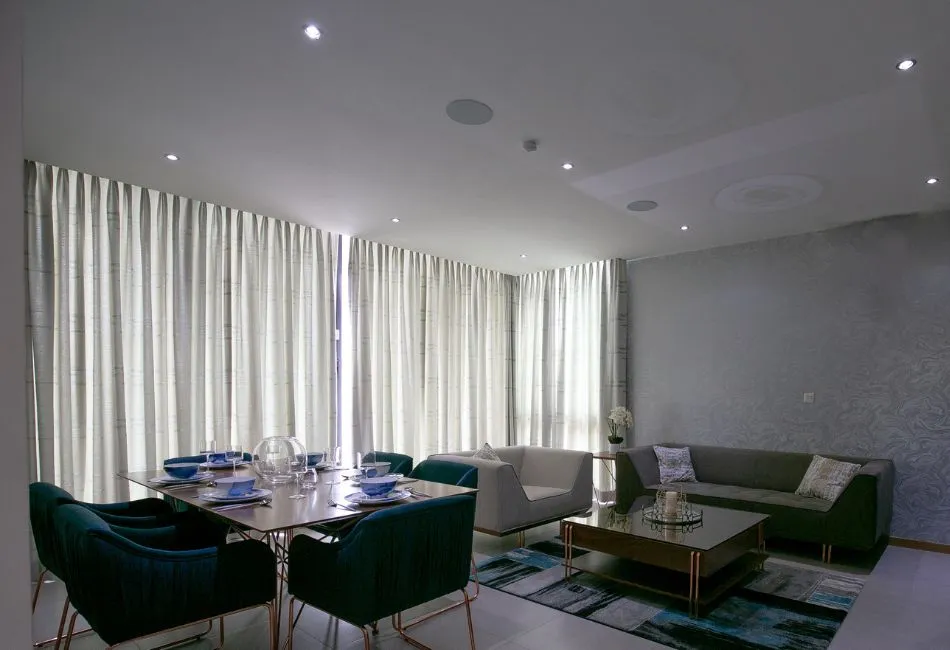
Installing curtains closer to the ceiling as opposed to directly above your living room windows can make the ceiling appear higher, giving the illusion of more space. So even if your windows do not go way up to the ceiling, you can still hang your curtains higher to improve the openness of your living room.
See: Should living room curtains touch the floor or be above?
· Incorporating Vertical Artwork Or Shelving Arrangements
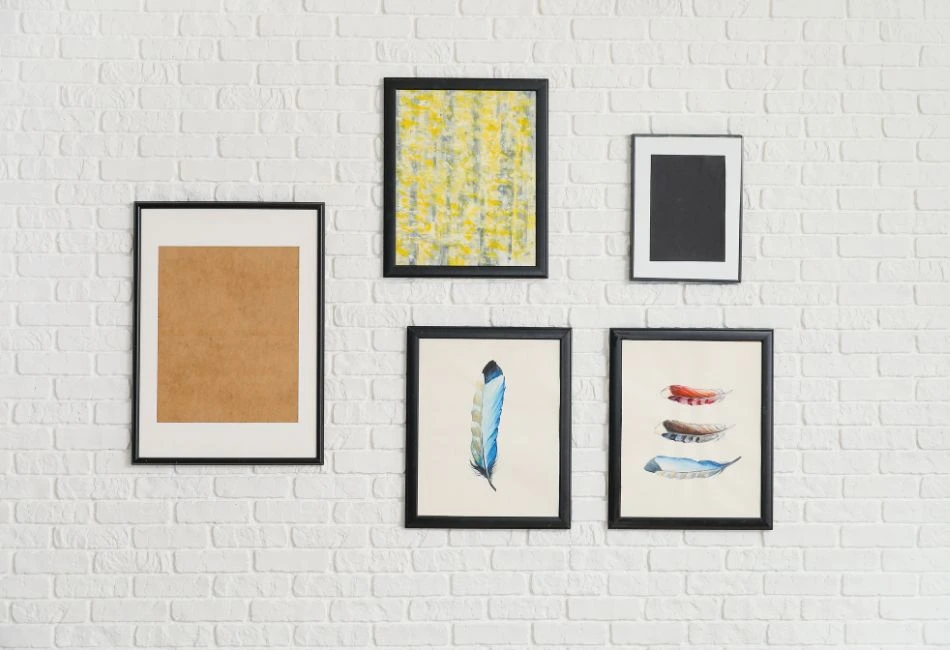
Utilizing your walls can also mean hanging your pictures and artwork instead of making them sit on the floor space of your living room. If they are too heavy to hang on screws or nails, install floating shelves that can further enhance the aesthetic of your living room.
5. Strategic Use Of Accessories And Décor
Other elements in the living room help ease things. These accessories and décor are intended to add more oomph to the living room. Because these accessories can make the space more inviting, they cannot be ignored when looking to achieve a more spacious and bright living room.
Consider these tips:
· Choosing Minimalistic Décor
Ever heard of the saying, “less is more”? If you have a comparatively small living room, you must keep the décor minimal. Doing this will ensure your living room is not overwhelmed by accessories and décor. So, look out for accessories and décor that are not over-the-top but still make a statement.
· Incorporating Plants For A Fresh And Vibrant Touch
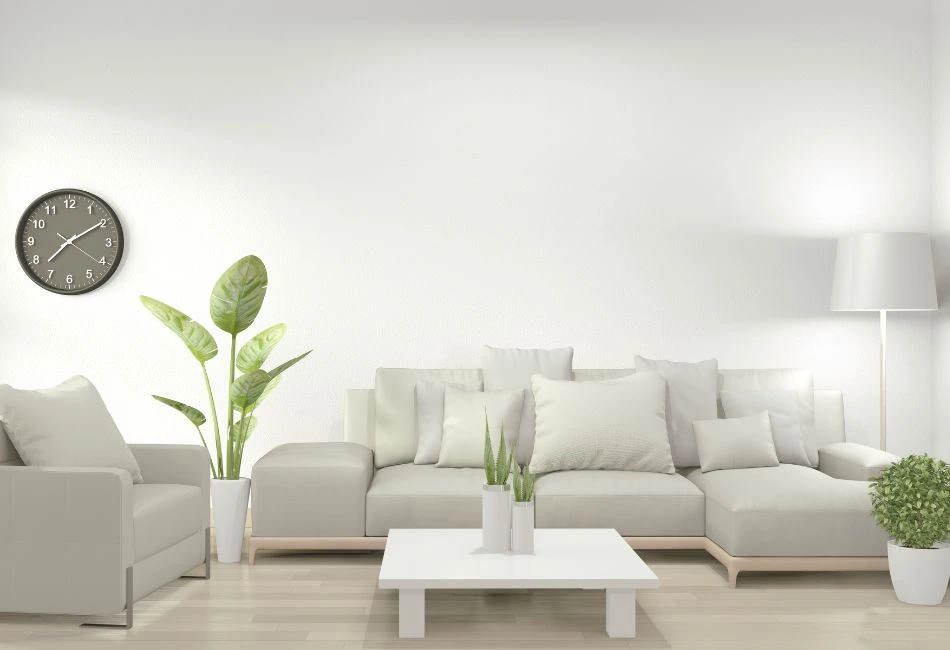
Greenery can also enhance the look and mood of your living room. Consider hanging plants if you cannot find the floor space for potted plants. If you cannot afford natural plants or do not have the time to maintain them, you can opt for artificial plants and flowers. Plants in the living room are a must-have.
· Using Strategic Pops Of Color Or Patterns
I know I have mentioned that to make your living room look larger, use light and neutral colors for your walls and furniture. However, without a pop of color and variation of patterns, your space may feel boring. As such, consider adding pops of color and patterns to your throw pillows, room rugs, wall hangings, and so on.
Conclusion
The key to making your living room look bigger and brighter is correctly placing and using all the elements in the space. Decluttering, the appropriate placement of your furniture, drapery, and décor items, the use of light and neutral colors with pops of color and varying patterns, and proper regulation of natural and artificial lighting can make your living room look more spacious and brighter.
The placement of the elements in your living room can impact the overall ambiance of the space and, as such, should not be overlooked. Thus, I hope you consider the strategies and tips discussed in this blog post to transform your living rooms into spacious, bright retreats.
FAQ
Q: What colors make a room look bigger?
A: Light and neutral colors make a room look bigger. Examples of such colors are white, beige, pastel, light blue, light shades of green, lavender, and light shades of gray.

